Théodore Géricault was one of the most important painters of Romanticism, an art movement that favored strong emotions and large, suggestive imagery. He was born on September 26, 1791, in Rouen, France, into a wealthy family.
He studied at the Ecole des Beaux Arts, devoting his formative years to copying masterpieces and drawing horses, which were his great passion and a recurring theme in his paintings. His artworks were first exhibited at the Paris Salòn in 1812, where his painting The Charging Chasseur met with considerable success.
Two years later he unveiled an antithetic painting: the Wounded Cuirassier. In it, Géricault represents a defeated antihero, highlighting the soldier’s humanity and his innermost feelings. The painting was particularly relevant in France, whose Emperor Napoleon Bonaparte had suffered military and political defeat. Attention to current affairs and emphasis on human emotions would become trademarks of Géricault’s artwork. In 1816 he spent a year in Italy, studying the style of Michelangelo and Caravaggio. Back in Paris, he fathered a son through an affair with the wife of one of his uncles. His awareness of contemporary events was again evident in The Raft of the Medusa, his most famous painting, inspired by the shipwreck of a French vessel three years earlier. The huge canvas represents the tragic fate of a group of survivors, lost at sea and forced to resort to cannibalism to survive. The dramatic tension of the human bodies is reminiscent of the energy communicated by the horses portrayed in his previous works, enhanced here by dark colors and ghostly lighting.
The painting was highly praised, especially abroad. Géricault spent time in Great Britain, where he was celebrated and honored. During his stay he painted The Epsom Derby, once again making horses his subject. Upon his return to Paris, Géricault faced financial problems due to bad investments. During this period he painted what was called the “series of the insane,” focusing on mentally disturbed individuals, each suffering from a specific mania. These are merciless, true-to-life portraits that display the physical toll mental disorders can take on the body. Géricault’s wild lifestyle, together with a lesion on his spine that he failed to treat, led first to paralysis, then to his death in Paris on January 26, 1824. He was 32. His art, which combined current affairs, history and inner drama, influenced all Romantic art, laying the foundations for the artwork of realist painters like Honoré Daumier and Gustave Courbet.
He studied at the Ecole des Beaux Arts, devoting his formative years to copying masterpieces and drawing horses, which were his great passion and a recurring theme in his paintings. His artworks were first exhibited at the Paris Salòn in 1812, where his painting The Charging Chasseur met with considerable success.
Two years later he unveiled an antithetic painting: the Wounded Cuirassier. In it, Géricault represents a defeated antihero, highlighting the soldier’s humanity and his innermost feelings. The painting was particularly relevant in France, whose Emperor Napoleon Bonaparte had suffered military and political defeat. Attention to current affairs and emphasis on human emotions would become trademarks of Géricault’s artwork. In 1816 he spent a year in Italy, studying the style of Michelangelo and Caravaggio. Back in Paris, he fathered a son through an affair with the wife of one of his uncles. His awareness of contemporary events was again evident in The Raft of the Medusa, his most famous painting, inspired by the shipwreck of a French vessel three years earlier. The huge canvas represents the tragic fate of a group of survivors, lost at sea and forced to resort to cannibalism to survive. The dramatic tension of the human bodies is reminiscent of the energy communicated by the horses portrayed in his previous works, enhanced here by dark colors and ghostly lighting.
The painting was highly praised, especially abroad. Géricault spent time in Great Britain, where he was celebrated and honored. During his stay he painted The Epsom Derby, once again making horses his subject. Upon his return to Paris, Géricault faced financial problems due to bad investments. During this period he painted what was called the “series of the insane,” focusing on mentally disturbed individuals, each suffering from a specific mania. These are merciless, true-to-life portraits that display the physical toll mental disorders can take on the body. Géricault’s wild lifestyle, together with a lesion on his spine that he failed to treat, led first to paralysis, then to his death in Paris on January 26, 1824. He was 32. His art, which combined current affairs, history and inner drama, influenced all Romantic art, laying the foundations for the artwork of realist painters like Honoré Daumier and Gustave Courbet.
RELATED
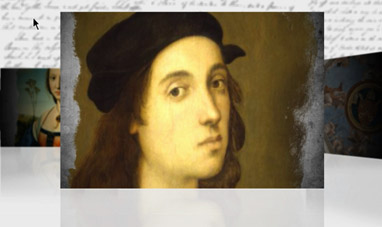

RAPHAEL


FRANCESCO BORROMINI
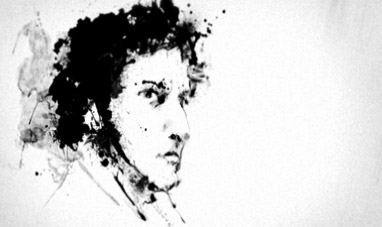

FRÉDÉRIC CHOPIN
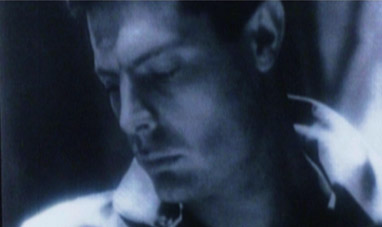

MARCELLO MASTROIANNI


GEORGES MÉLIÉS
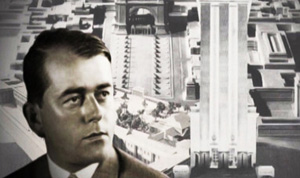

ALBERT SPEER
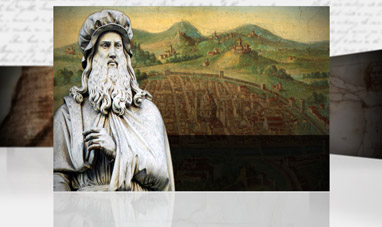

LEONARDO DA VINCI


KARL FRIEDRICH SCHINKEL


STANLEY KUBRICK
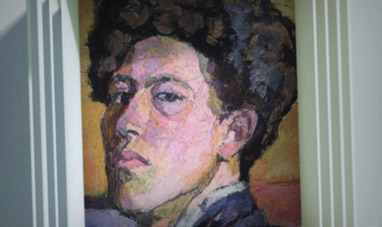

ALBERTO GIACOMETTI


JOHN CONSTABLE


PHARRELL WILLIAMS


UMBERTO BOCCIONI


EURIPIDES


KATE MOSS
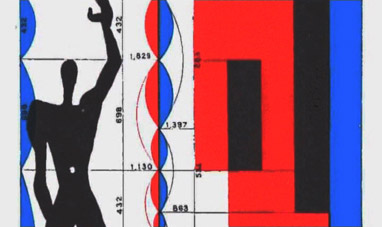

LE CORBUSIER


ENRICO CASTELLANI
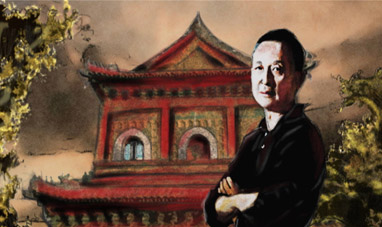

GAO XINGJIAN


JEAN AUGUSTE DOMINIQUE INGRES
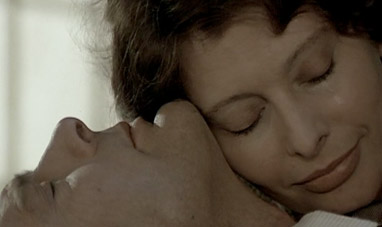

SOPHIA LOREN
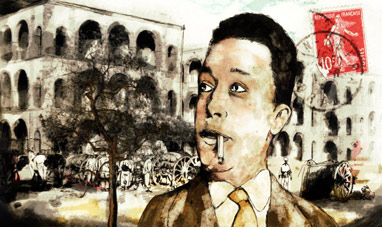

ALBERT CAMUS


JOSEPH BEUYS
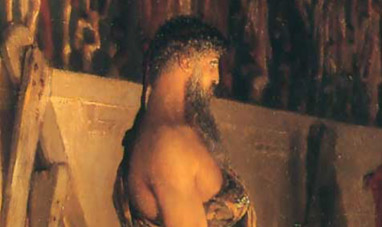

PHIDIAS


BRAD PITT


EUGENIO MONTALE


MERCE CUNNINGHAM


CLAUDE MONET


AKIRA KUROSAWA
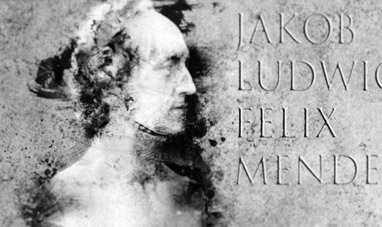

FELIX MENDELSSOHN
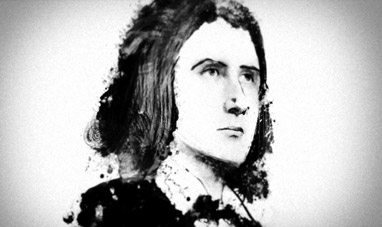

FRANZ LISZT


GABRIELE D'ANNUNZIO


RITA HAYWORTH
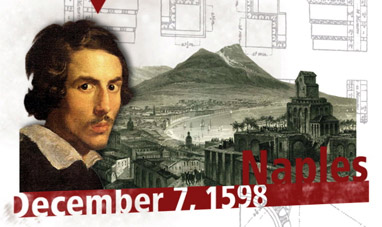

GIANLORENZO BERNINI


JOHANNES BRAHMS
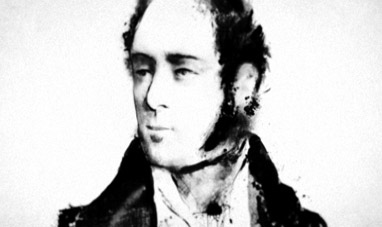

VINCENZO BELLINI
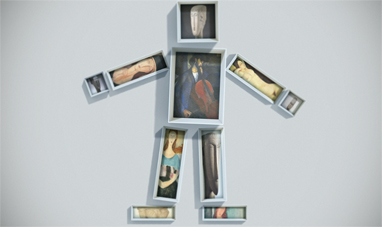

AMEDEO MODIGLIANI
